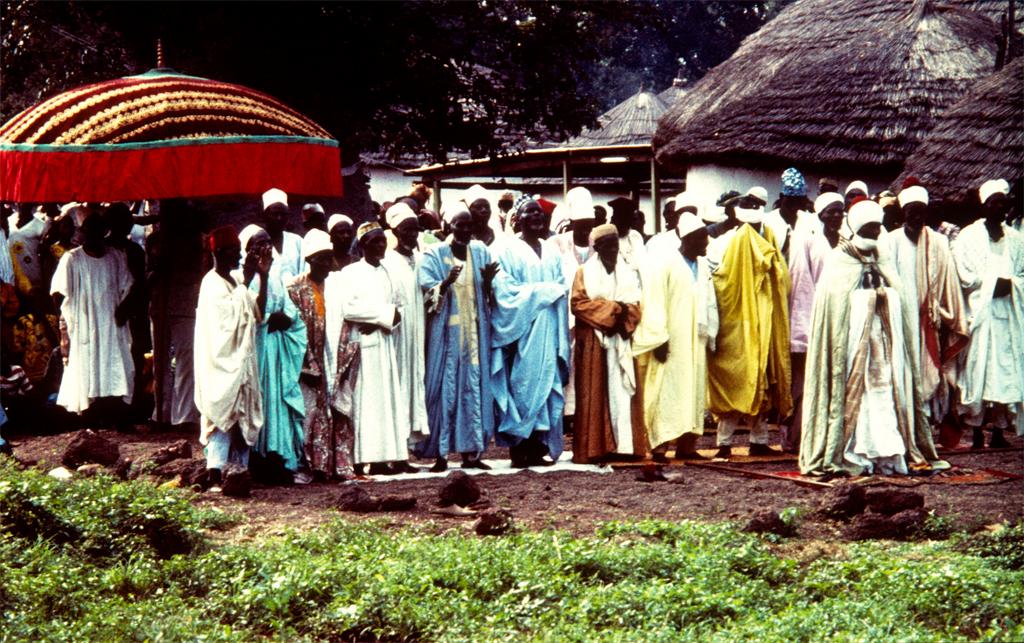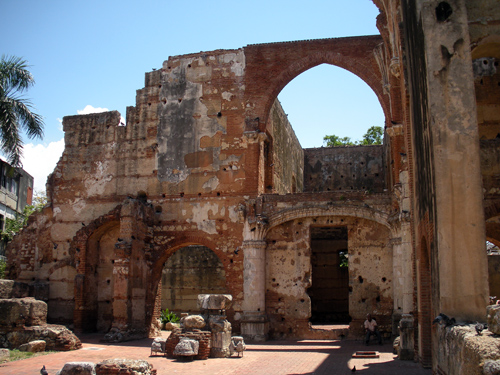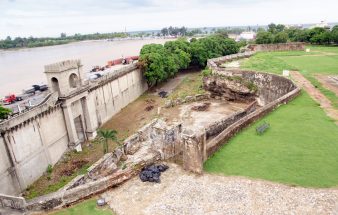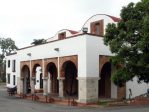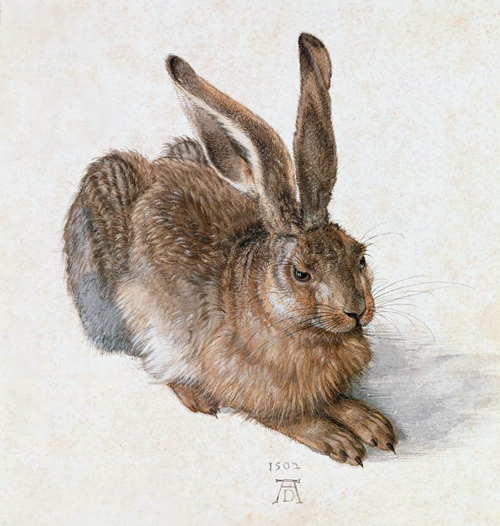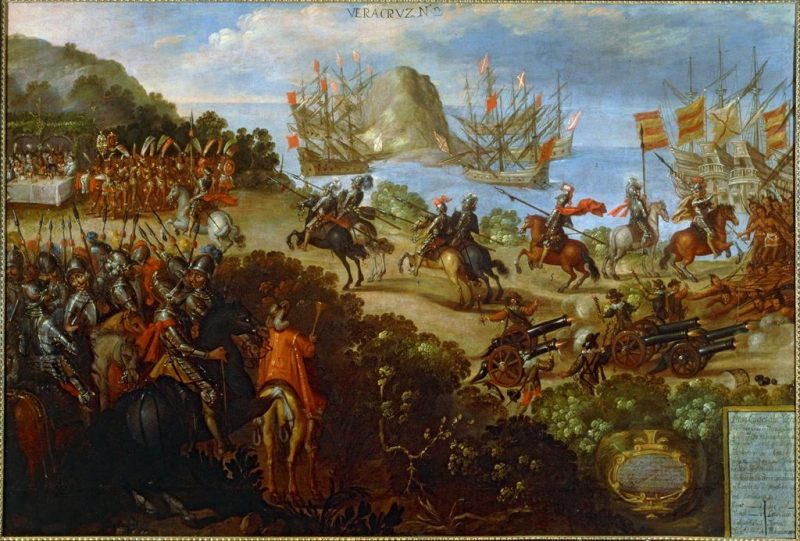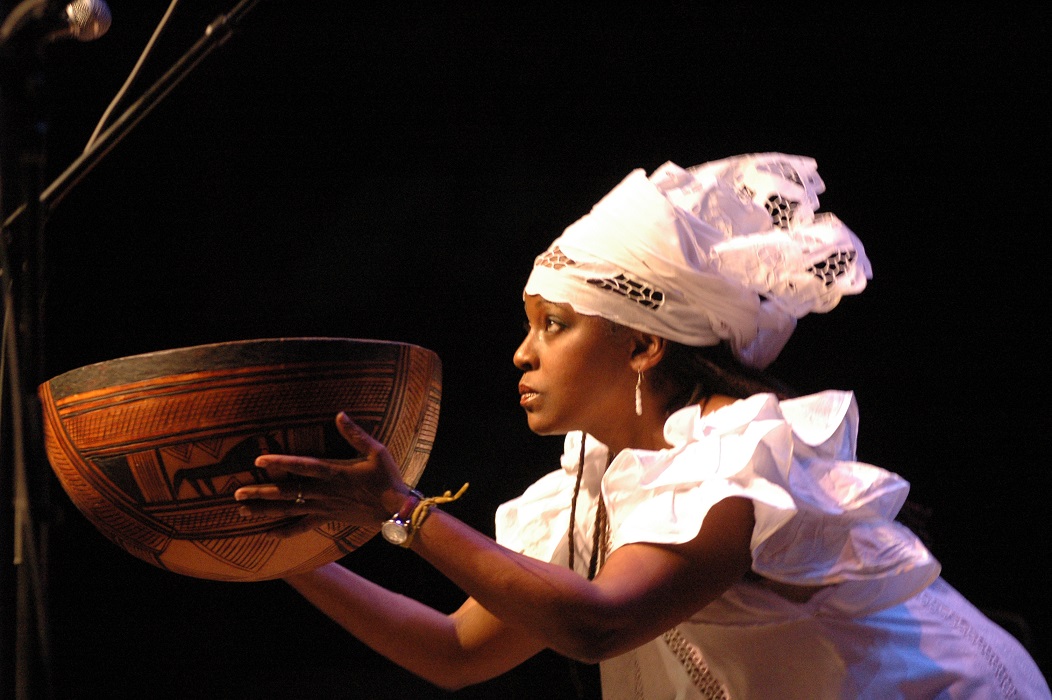
Bob Gore. Woman with gourd, Kwanzaa celebration. 2006. Image and data provided by Bob Gore.
Our thanks to New York photographer Bob Gore, who contributed approximately 300 images from his portfolio to JSTOR, documenting diverse expressions of faith across the United States and in the Caribbean region.*
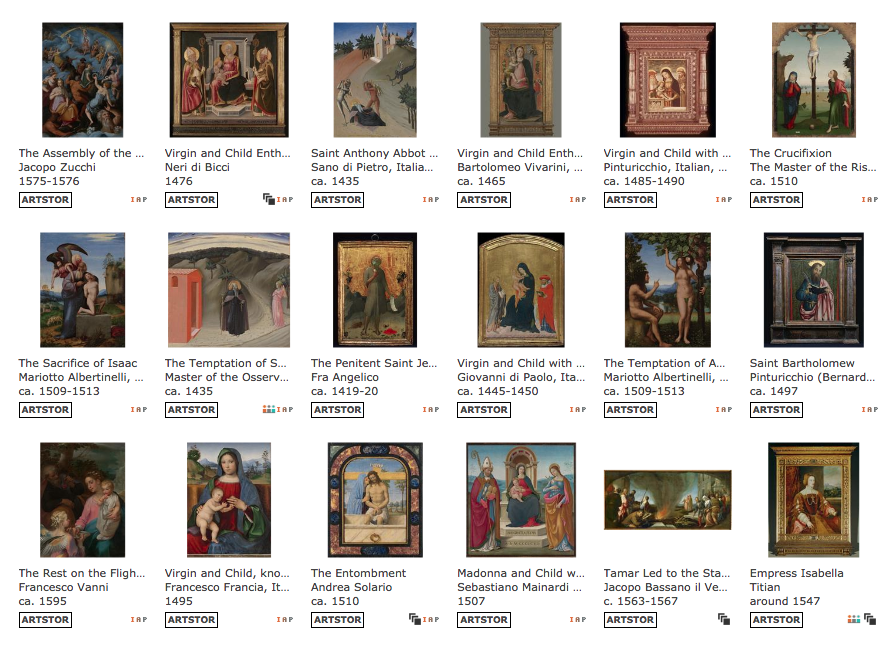
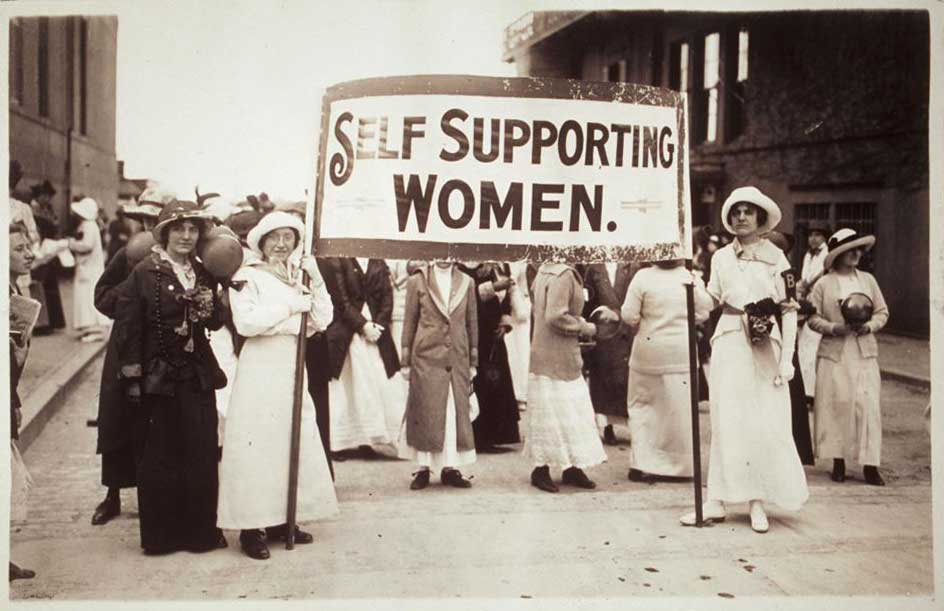
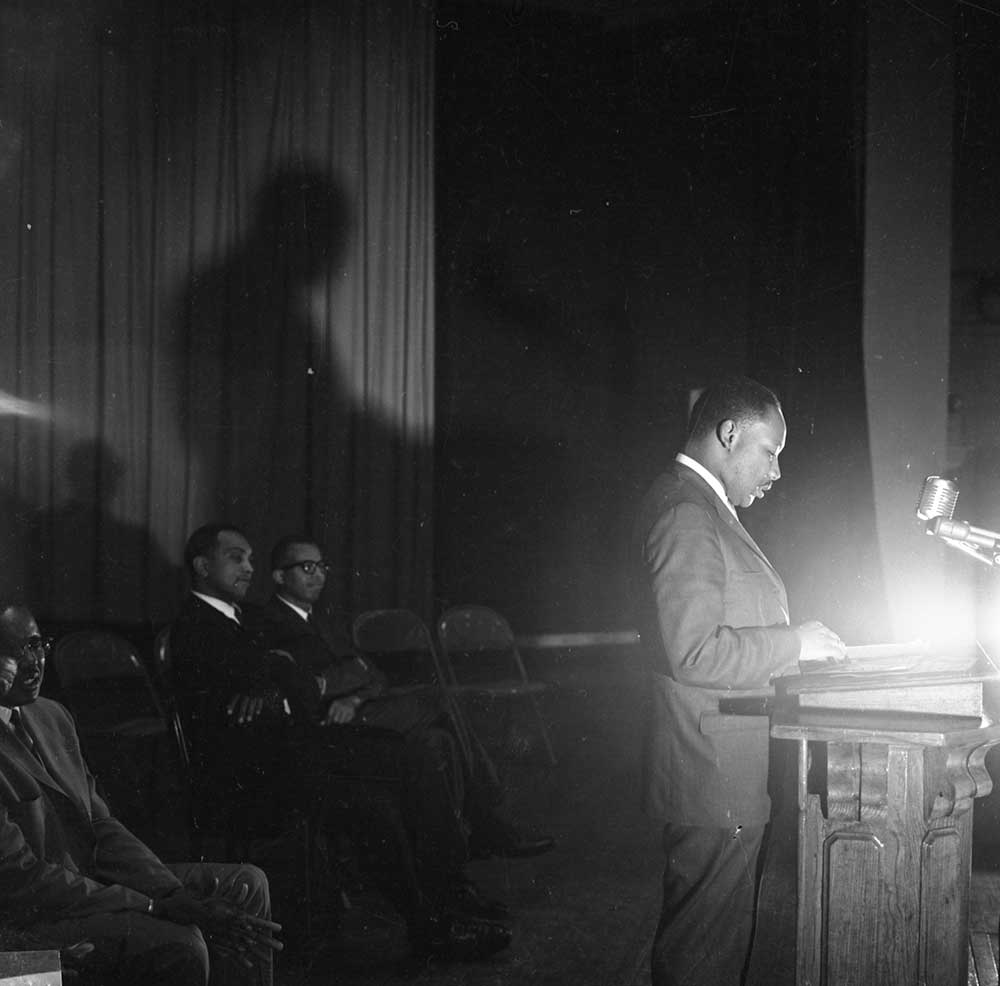
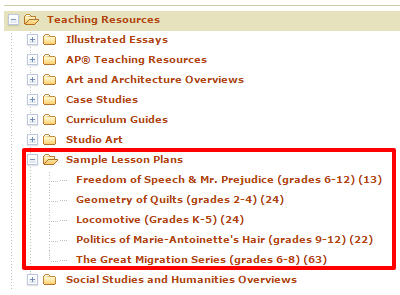 Hearing the call from Artstor teachers for sample lesson plans, we revisited some favorite lessons from our teaching days and borrowed from
Hearing the call from Artstor teachers for sample lesson plans, we revisited some favorite lessons from our teaching days and borrowed from